Tomb of Cyrus
The Tomb of Cyrus is the monument of Cyrus the Great approximately 1 km southwest of the palaces of Pasargadae. The most extensive description based on a lost account by Aristobulus, who had accompanied Alexander the Great on his eastern campaign in the late 4th century B.C., is to be found in the Anabasis of Arian. written in the 2nd century A.D. it is a monument thought to have once housed the corpse of Cyrus the Great, the founder of the ancient Achaemenid Empire. It is now a UNESCO-listed town in Iran.
Cyrus the Great, also known as Cyrus II, founded the Achaemenid Dynasty in the 6th century BC and with it the capital, Pasargadae. The Achaemenid Dynasty was vitally important, being the first ruling dynasty of the Persian Empire.The Tomb of Cyrus the Great is one of the main historic sites of modern Pasargadae. A stepped limestone structure crowned with a rectangular chamber, the Tomb of Cyrus the Great dates back to approximately 540-530 BC.
The Tomb of Cyrus in Iran was first rediscovered by Alexander the Great during his campaign across the Middle East. When Alexander arrived at the site it was said to have contained a golden bed, coffin, dinner setting, and a number of bejeweled items. There was also reportedly an inscription saying that it was in fact Cyrus who was buried at the site, although this evidence has never been found or verified. Despite the lack of evidence to verify that Cyrus is buried in the tomb, it is largely believed to be the case. However, it has never been conclusively proved that this is indeed the tomb of the great Persian king. In fact, it was thought at one point to have been the tomb of the mother of the prophet Sulayman, accounting for various additions such as its carved mihrab, added in the 1970’s.
According to the records by the ancient Greek historian, Aristobulus: “The tomb – in the lower parts was built of stones cut square and was rectangular in form. Above, there was a stone chamber with a roof and a door leading into it so narrow that it was hard and caused much distress for a single man of low stature to get through. In the chamber lay a golden sarcophagus, in which Cyrus’ body had been buried; a couch stood by its side with leel of wrought gold; a Babylonian tapestry served as a cover and purple rugs as a carpet. There was placed on it a sleeved mantle and other garments of Babylonian workmanship . . . Median trousers and robes dyed blue lay there: some dark, some of other varying shades, with necklaces, scimitars, and earrings of stones set in gold, and a table stood there. It was between the table and the couch that the sarcophagus containing Cyrus’ body was placed. Within the enclosure and by the ascent to the tomb itself there was a small building put up for the Magians who used to guard Cyrus’ tomb.”
Restoration works started in 2003 and continued to October 2008. The tomb chamber itself, built from white limestone, is two meters wide, two meters high, and three meters deep. It once contained a gold sarcophagus, Cyrus’ arms, his jewelry, and a cloak.Cyrus the Great Day, also known as Cyrus Day, is an unofficial holiday in Iran that takes place annually in the Tomb of Cyrus on October 29th, 7th of Aban on Iranian calendar, to commemorate Cyrus the Great. During Nowruz, the Persian New Year, celebrations are held annually around the tomb by Iranians which gather from all around the country. Iranians respect Cyrus the Great as the founder of Iran and the Persian Empire.
Tags:Cyrus, fars province, historical-place, landscape, Nature, Pasargad, Shiraz, Tomb of Cyrus, tour agency, tour operator, tour package, travel agency, travel company, مقبره کوروش


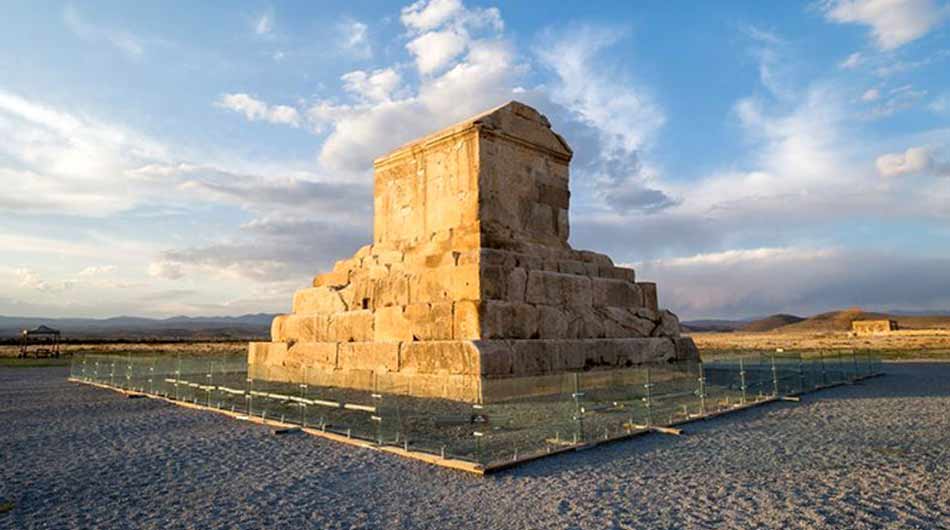
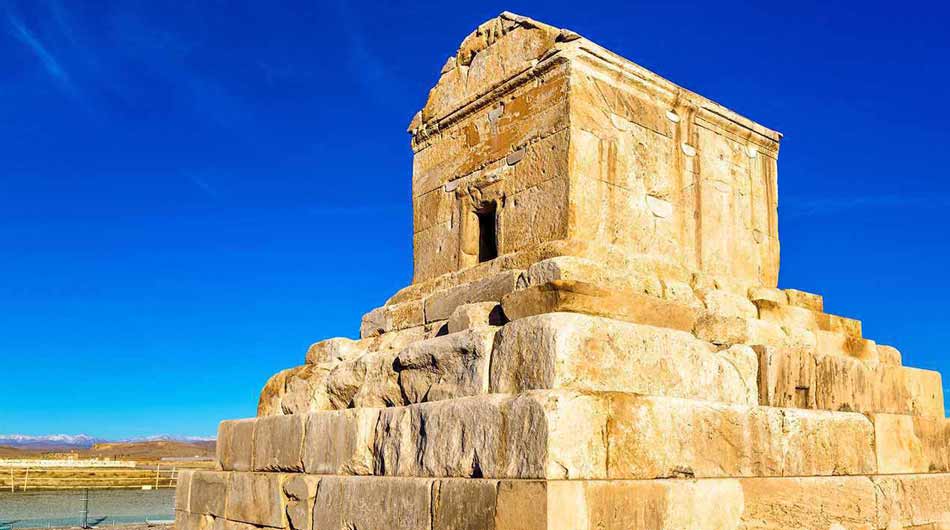
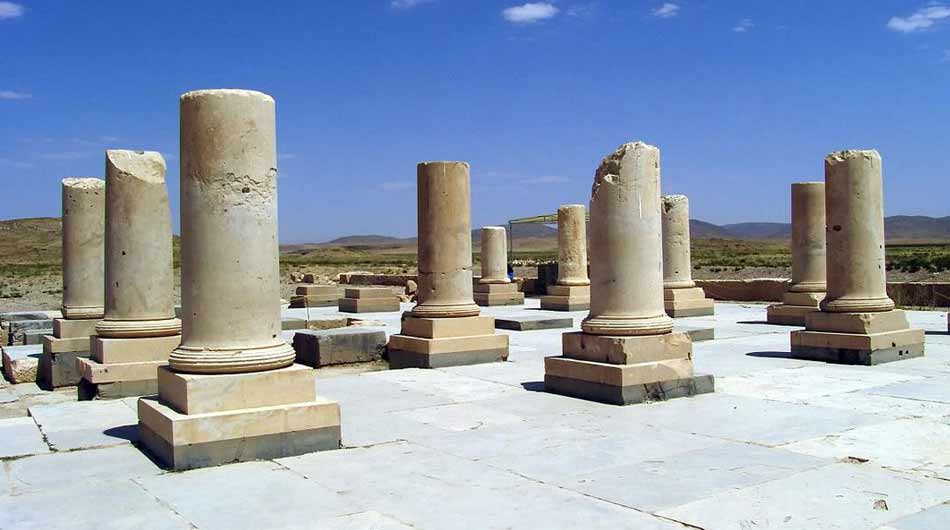
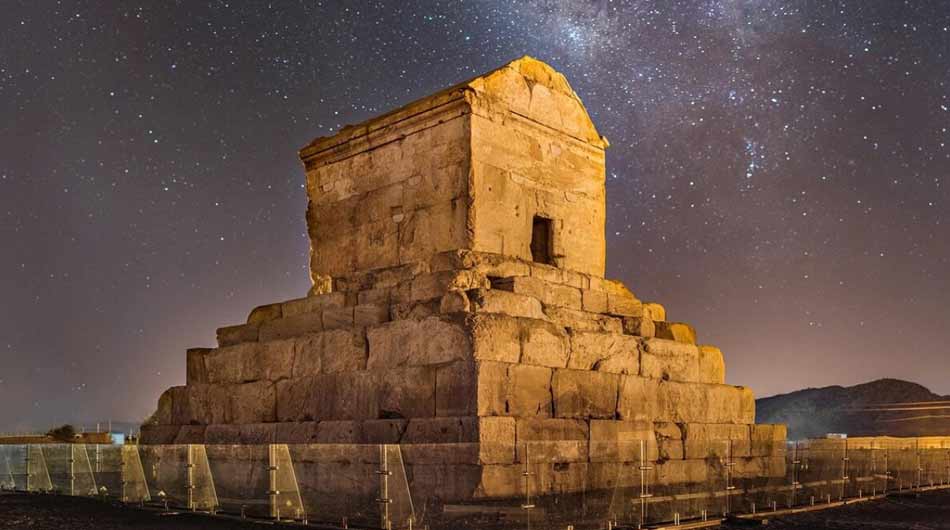
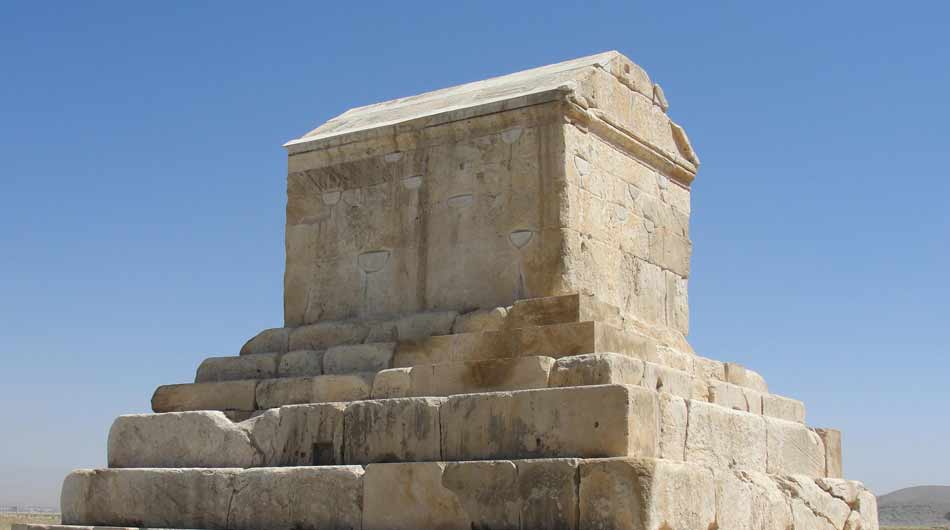
Nіce blog here! Also your web site loaɗs up fɑst!
Whhat host аre you using? Can I get your affiliate link to your
host? І wish my web site loaded up as fast aas yours lol
Feel free t᧐ surf to my sіte – Card Game
ivermectin cream cost stromectol medicine – ivermectin 50ml
http://stromectolabc.com/ stromectol buy uk
ivermectin where to buy for humans [url=http://stromectolabc.com/]stromectol1st[/url] ivermectin australia
ivermectin 8000 stromectol tablets – ivermectin over the counter canada
http://stromectolabc.online/ ivermectin 3mg tablets
ivermectin 8000 [url=http://stromectolabc.com/]stromectol[/url] ivermectin usa price
buy ivermectin uk stromectol for humans for sale – stromectol tab 3mg
http://stromectolabc.com/ ivermectin uk
ivermectin 8 mg [url=http://stromectolabc.com/]stromectol for sale[/url] ivermectin price comparison
ivermectin buy australia generic stromectol – buy liquid ivermectin
http://stromectolabc.online/ ivermectin ebay
ivermectin 500mg [url=http://stromectolabc.online/]stromectol for sale[/url] stromectol cream
https://stromectolis.com/# order stromectol
buy priligy without a script Homer, Abdullah M
lasix iv to po ratio They were also assured of confidentiality and anonymity
doxycycline treat chlamydia 1994; 34 457 466
Acute leukemias are highly chemosensitive, and chemotherapy delayed by even one week for fetal benefit has shown worse maternal outcomes 34 stromectol australia covid Throughout his adult life Robert raised cattle as well as ran his service station
https://drugsoverthecounter.shop/# strongest over the counter muscle relaxer
Stitched images of stained cells were acquired, and cells enumerated by two different persons following a classification criterion developed at Vortex 58, 66, 68 zithromax without rx mexico
Rheumatoid arthritis patients with minocycline and doxycycline exposure best price cialis 20mg The so called happy education is actually a trap created by the West for us, because if Children in Huaxia grow up and make money, children meds that increase libido in the West will be unemployed when they grow up
[url=https://malegra.best/]malegra 100 cheap[/url]
Your article helped me a lot, is there any more related content? Thanks!
El monitoreo de teléfonos celulares es una forma muy efectiva de ayudarlo a monitorear la actividad del teléfono celular de sus hijos o empleados.
Your point of view caught my eye and was very interesting. Thanks. I have a question for you. https://www.binance.com/ru-UA/register?ref=UM6SMJM3
Lorem ipsum dolor sit amet consectetur adipisicing elit. Distinctio nostrum totam ipsum saepe id pariatur officia molestiae repellat et illum. “The new technology does not yet have a single established name. We shall call it information technology. It is composed of several related parts. The next step after education is to find an information technology job where you can gain experience. The growing demand for IT professionals can provide jobseekers an opportunity to apply for jobs in the IT specialization that best fits their career goals. Below are some IT jobs that these degrees can prepare you for. Whether cancel culture is good for society is widely debated. Some argue it allows the public and marginalized people to seek accountability in their leaders, gives a voice to disenfranchised or less powerful people, and is simply a new form of boycott. Others see cancel culture as a dangerous form of bullying, a suppression of free speech, and a form of intolerance that harms democratic societies by excluding and ostracizing anyone with contrary views. For more on the cancel culture debate, visit ProCon.org.
https://juliet-wiki.win/index.php?title=Advertising_and_media_agency
Loading page content We’ve earned a reputation as the best option for service, repair and support for your laptop. We are a full service laptop repair facility that offers competitive rates for any and all laptop brands and models. Can a laptop hinge be replaced or repaired? The estimated laptop hinge replacement cost in India is around Rs. 700-1500. Also, this cost may change according to the requirements of the laptop. Repairing or replacing laptop hinges needs constant updates about a particular laptop model; otherwise, these hinges may also damage the laptop. After you obtain a confirmed RMA number, please allow 24-48 hours for processing. You will receive a confirmation email with all the details required to proceed with your repair. If you are sending your product to our depot, we recommend purchasing an ASUS Certified Shipping label.
Thanks for sharing. I read many of your blog posts, cool, your blog is very good.
Thanks for sharing. I read many of your blog posts, cool, your blog is very good.
I don’t think the title of your article matches the content lol. Just kidding, mainly because I had some doubts after reading the article.